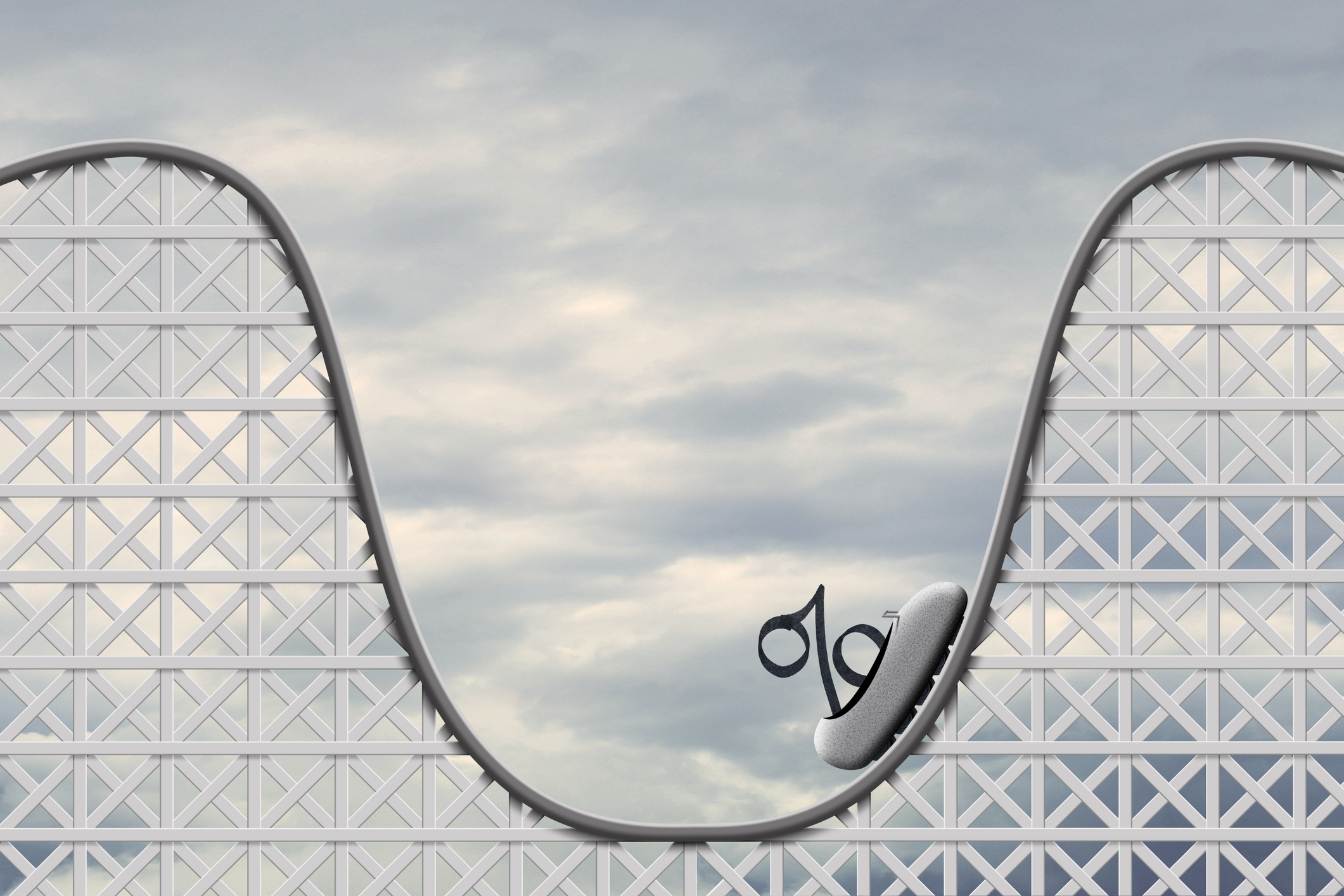The Good, the Bad, and the Ugly


Wow – what a quarter for financial markets around the world. Before we dive into what we’ve been seeing in recent weeks, let’s rewind to the beginning of the summer.
Back in June, the Fed’s decision to raise interest rates more aggressively than anticipated (in response to a higher-than-expected inflation reading) sent markets into a tailspin. Leading up to the Fed’s June meeting, markets were coming off a strong month in May (our stock portfolio was up by nearly 2%) and a positive start to June. After the meeting, as markets digested the hawkish stance taken by the central bank, stock and bond prices fell as investors tried to incorporate this new information into their projections for the future.
Markets then had a strong month in July (our stock portfolio was up by more than 6% for the month), followed by a bit of a pullback in August (down 3.5%). Harkening back to the title of this post, that’s this quarter’s version of the good and the bad, respectively.
And then September happened. That’s the ugly part – our stock portfolio is down 9% through yesterday’s closing bell.
It’s not that anything really changed this month; the headlines have continued to focus on inflation, what the Fed is doing with interest rates, the war in Ukraine and its effects on the availability and prices of energy and food, and the lingering effects of COVID on supply chains around the globe. And while we fully appreciate that there are countless other variables in play, we’ve focused on the story lines that have been dominating our consciousness this year.
But wait – if nothing really changed, then what gives? What can we look to as an explanation for a month in which major indexes all fell by double digit percentage points over the past two weeks?
The circumstances may still be the same, but investors’ perception of those circumstances has changed. And that probably has a lot to do with the language Chairman Powell and the Fed have been using about the approach the central bank is taking to tame inflation. Phrases like “it will take some pain” to achieve its goals, and that he was “happy to see the stock market fall” as it meant that financial markets were responding in a way that illustrated they understood “the path we’re laying out” have clearly communicated the Fed’s intentions.
And we’re seeing markets digest that information in the only way they can: if expectations about the future are being revised downward, that must be reflected in today’s prices. Whether expectations are being adjusted in anticipation of higher costs in the form of rising interest rates, or in regards to fears about Russia supplying enough natural gas to Europe to last through the winter, or whether we’re dealing with an inflation problem akin to what we saw in the 80’s, it doesn’t really matter. Markets are constantly trying to project what will happen tomorrow based on investors’ perception of what’s happening today.
Ultimately, the tide will turn. The news will stop getting worse (or at least stop feeling like it’s getting worse), and that’s all it will take for markets to start moving in the other direction. It’s just a matter of time.
So, in the meantime, what does this mean for our Clients?
For those who are not yet spending from their portfolios, remember that times like these provide opportunities to buy assets at depressed prices, which means you’re building additional resilience into your portfolio by capitalizing on that inherent value. And your portfolio will recover, and this cycle will repeat, and in the end you’ll be better off for having stayed the course. And we’ll note that through the first three quarters of this year, our stock portfolio has outperformed the S&P500 and is ahead of its benchmark, the MSCI All Country World Index, by a full 3%.
For those who are spending from their portfolios, you already know the refrain (but it bears repeating): you have enough money in your Stable Reserve (cash and bonds) to get you through this – there’s five to seven years’ worth of your spending needs available in safe investments you can count on. And that Stable Reserve provides you with enough of a cushion to not have to sell stocks while they’re down so they can fully participate in the eventual recovery. And on that note, recall that your diversified stock portfolio is designed to have enough growth potential to weather this current inflation scare and support your spending needs going forward.
And stay tuned – we’ll be sharing a more comprehensive take on what has unfolded this past quarter in an upcoming video (think of it as a bite-sized version of one of our webinars). We’ll be sending that out in the coming weeks.
Until then, keep calm and march forward, one step at a time. And don’t hesitate to contact us if you need a personal dose of reassurance.
The Yeske Buie Team
